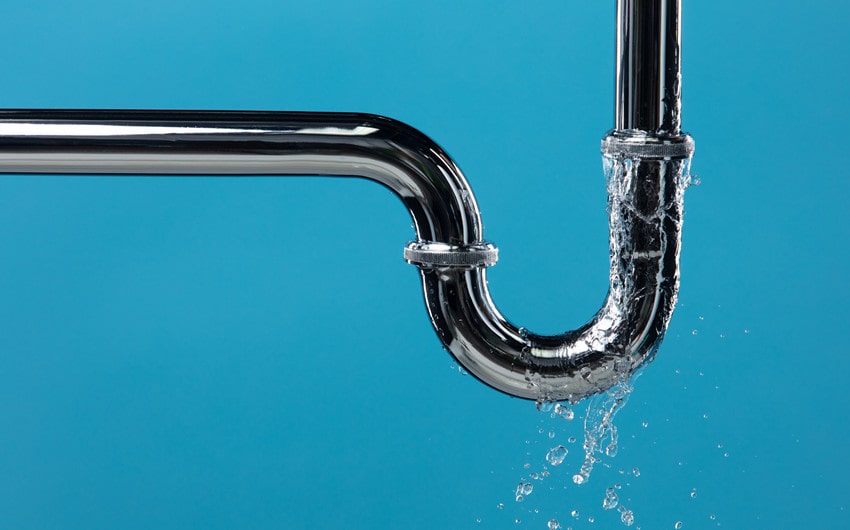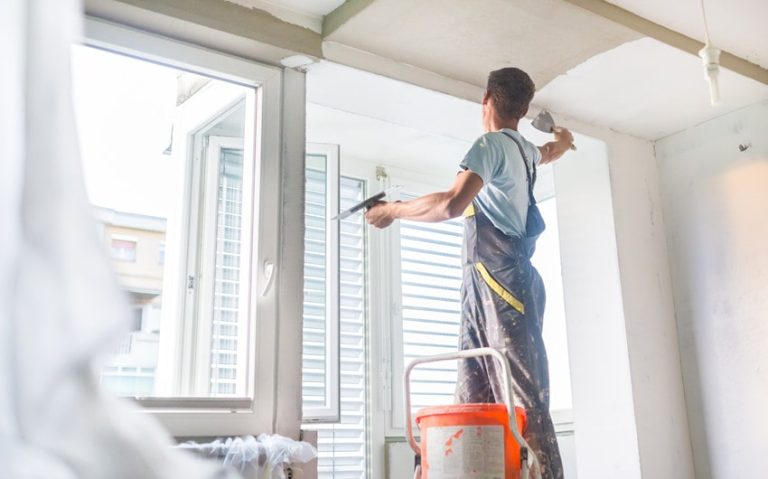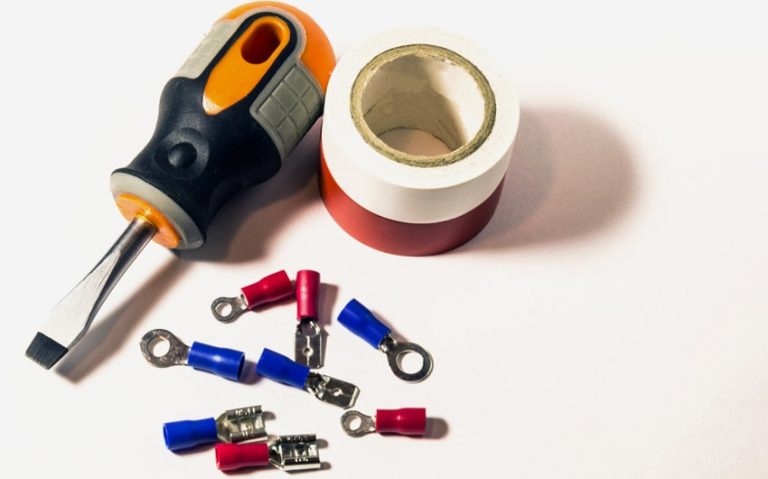The construction of a water supply system requires careful consideration of the entire structure and the use of the highest quality materials, because such a system with water pipes must be reliable and durable for many years. Its construction is associated with high costs, so from the very beginning investors take care to limit the sequence of subsequent maintenance, replacement and repairs as much as possible.
Investors and managers of water supply infrastructure therefore analyse all possible options. What materials are most often used for water supply tubes?
- Tubes for water mains—the most commonly used materials
- Why choose stainless steel pipes?
Tubes for water mains—the most commonly used materials
One of the materials used to build a water pipe system is ductile iron, from which these tubes are made. It is characterised by a high level of strength due to the pressure of the soil on the pipe, which is located underground. It is also a material that is characterised by resistance to the pressure of water transported throughout the system.
This is one of the traditionally used materials in the construction of water systems. It can also be resistant to corrosion, but for this purpose it must be covered with an additional, special protective layer. Such pipes are heavier, so they can be associated with a higher investment cost, high transport costs and additional assembly options.
The second type of material used in the construction of water supply networks is polyethylene. Pipes are made of it by the extrusion method. They are relatively flexible, lightweight and corrosion-resistant. This material is relatively cheap, which is why it is attractive in the design of water supply pipes.
However, it should be remembered that its durability and strength are not as great as other materials. Therefore, such polyethylene pipes are less often used in large water supply systems and in places with high pressure, high level of water supply infrastructure use and variable temperatures.
The third material to mention is stainless steel. This is definitely a solution worth investing in! What are the biggest advantages of stainless steel and the benefits of using it?
Why choose stainless steel pipes?
Stainless steel is becoming an increasingly popular material used in the production of water supply pipes for good reason. It is a metal alloy resistant to corrosion, which is especially important in the case of a system exposed to constant contact with water and chemicals that may be present in water.
Such stainless steel pipes are very resistant to various mechanical damages, resistant to high loads and water pressure, which may be variable in water supply conditions. In addition, stainless steel is a material that reduces the risk of formation and accumulation of impurities in water. Stainless steel has a smooth surface, so various deposits do not accumulate on it, which can promote the development of bacteria and viruses. These, in turn, could deteriorate the quality of water.
Stainless steel is also a material that is safe for the environment. Such pipes are durable, do not need to be replaced every few years, and after intensive use they can be recycled. This reduces the negative impact on the environment and the amount of waste that is difficult to process and is stored in landfills.
When choosing pipes for the water supply infrastructure, it is worth considering the quality, price, durability of these products and the material from which they were made. Stainless steel turns out to be one of the best choices worth investing in.





